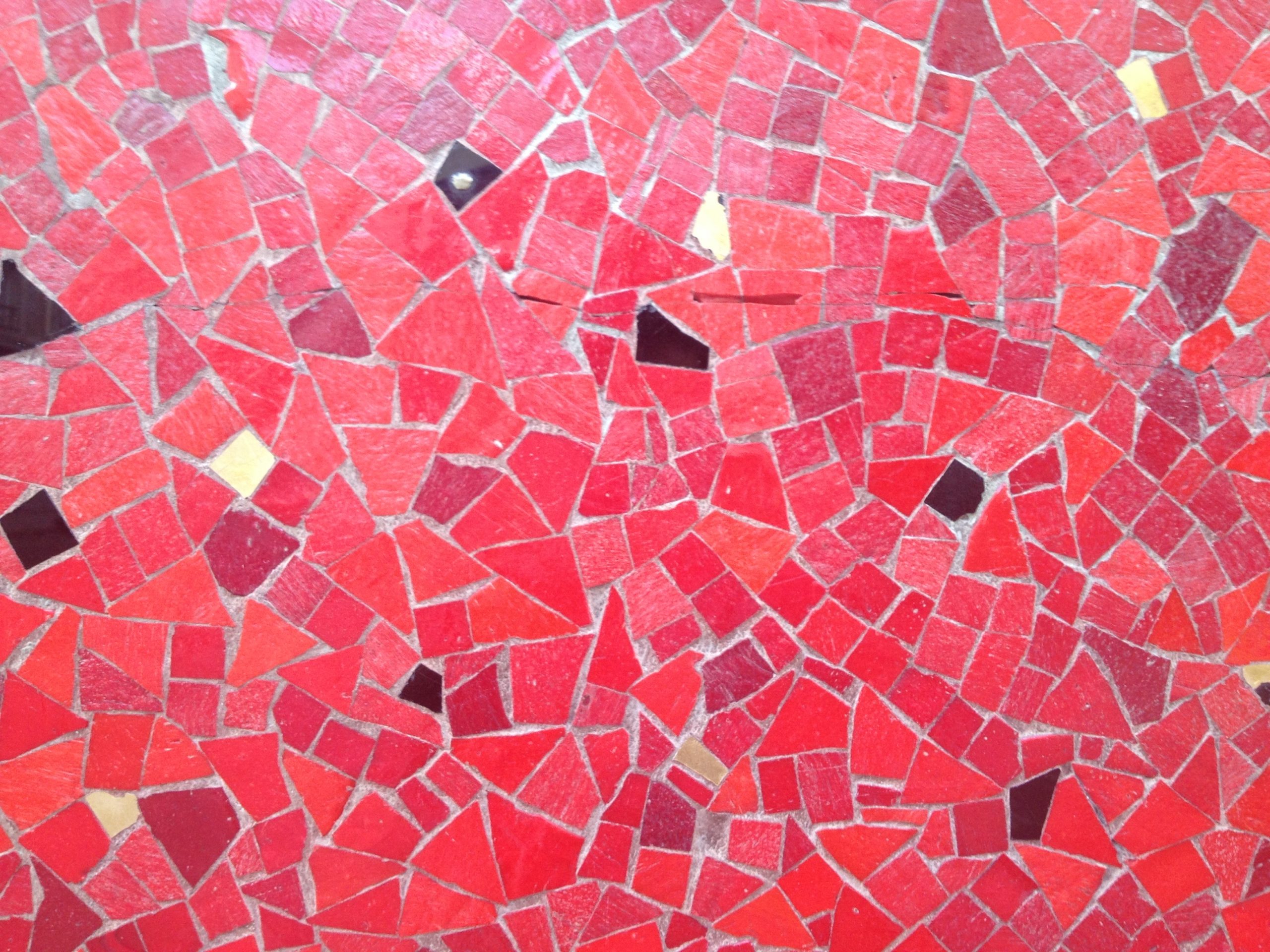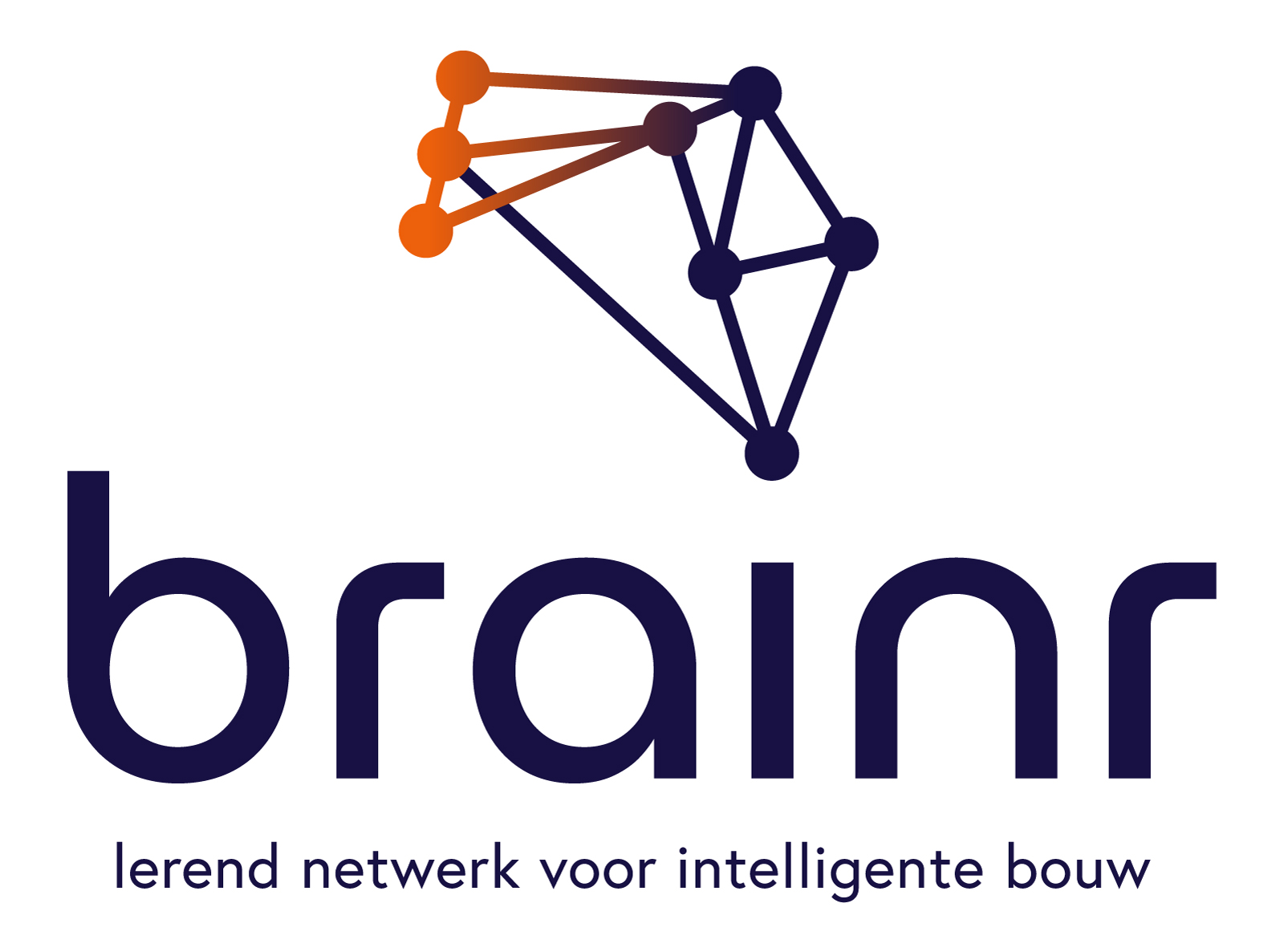Is er een probleemeigenaar te vinden/creëren als het gaat om de herdefinitie van het onderwijsprogramma voor professionals in de bouw?
De huidige onderwijsprogramma’s voor zowel architecten, ingenieurs als uitvoerende medewerkers in de bouw stoelen nog op een paradigma dat inmiddels aan het wijzigen is www.1aa1.org/1aa1-manifesto/. Al sinds de eeuwwisseling worden er regelmatig pogingen gedaan om internationaal tot een nieuwe anpak te komen, tot nu toe heeft dat echter nog niet tot het gewenste resultaat geleid.
Hieronder in het kort de belangrijkste bijdragen sinds 2000 zoals wij die kennen. Mocht u daar aanvullingen op hebben dan graag een mail aan hanneke@1aa1.org.
Wij zullen dis dan aan deze ‘thread’ toevoegen.
In 2002 werd in Windsor Florida een groot internationaal forum gehouden om te komen tot een ideaal curriculum ter herziening van de architectuuropleiding. Een drijvende kracht vormde hier het gevoel dat de basisbegrippen van het modernisme achterhaald waren: universele principes toegepast in een cultuurloze context waar artistieke kracht alleen meer waard is dan ervaring, vakmanschap en professionalisme voldeden niet langer. Het belang van vakmanschap wordt met name onder de aandacht gebracht. Het hele congres is gepubliceerd in een zeer lezenswaardige bundel: Bothwell, S.E. et al. Eds. Windsor Forum on Design Education. New Urban Press, Miami, 2004 (0-975450-60-3).
In 2004 werd dit opgevolgd door de Viseu declaration (https://www.ceunet.org/declaration-of-viseu-8-may-2004/) waarin op een positieve wijze werd vastgelegd hoe een architectuuropleiding in de 21e eeuw eruit zou moeten zien: belangrijke elementen vormden het bijdragen aan groei en behoud van cultuur en natuur, en het ontwikkelen van duurzame oplossingen. Men wees verder fragmentatie en verregaande specialisatie van de hand en riep op tot interdisciplinair en crossover werken.
Vanuit de Council for European Urbanism (https://www.ceunet.org) is hier nog tot 2009 aan doorgewerkt toen de Oslo declaration het belang van het verdisconteren van klimaatverandering vastlegde. Daarna bleef het stil voor wat betreft dit soort ‘charters’.
De European Association for Architectural Education (EAAE, http://www.eaae.be) gestart in 1975 en gevestigd in Leuven heeft ook als doel de kwaliteit van het architectuur onderwijs te bevorderen is nog steeds actief: hier komen jaarlijks de hoofden van zo’n 140 scholen van Europese architectuuropleidingen samen. Als we kijken naar hun directe doelen zien we dat die vooral nog in het informatie vergaren en uitwisselen van ideeën stadium zijn (http://www.eaae.be/eaae-academies/education-academy/goals-actions/). De EAAE heeft in 2012 de laatste gezamenlijke verklaring uitgebracht waarbij zij onderzoek als een fundamenteel deel van het architectuur onderwijs van de diverse scholen hebben benoemd. Hoewel dat niet expliciet gemaakt wordt kan deze verklaring worden gezien als een verdere uitbouw van die van Windsor, Viseu en Oslo.
Sindsdien is er helaas geen voortgang gemaakt, en dit is des te klemmender in het licht van de enorme ontwikkelingen op het gebied van digitalisering en de invloed daarvan op zowel de ontwerppraktijk als de bouw. De EAAE kan echter een uitstekend platform vormen om het discours over de professie en de gebouwde omgeving verder te brengen. Peter Russell is al sinds 2001 betrokken bij de EAAE,- eerst vanuit Aachen en later vanuit Delft-, en is zelf ook lid geweest van de EAAE-council. Het ligt in de bedoeling om de EAAE actief te betrekken bij de Zernike Meadows Sessions https://www.1aa1.org/zernicke-meadows-sessions.
Are we able to find/create a global problem owner when it comes to redefining the educational programme for professionals working in the construction industry?
Current education programmes for architects, engineers and construction workers are still based on a paradigm that is in need of change https://www.1aa1.org/1aa1-manifesto/ Since the turn of the century there have been regular attempts to come up with a new – international – approach to replace the modernist credo, but so far this has not led to the desired result.
In the text below you’ll find -briefly stated- the most important contributions since 2000 that we are aware of. If you have any additions, please send an e-mail to hanneke@1AA1.org.
We will then add them to this thread.
In 2002 a large international forum was held in Windsor Florida in order to come to an ideal curriculum for the revision of architecture education. The driving force a shared feeling that the basic concepts of modernism were outdated and no longer sufficed for a 21st century practice: universal principles applied in a cultureless context where artistic inspiration counts for more than experience, craftsmanship and professionalism. In particular there was a re-acknowledging of the importance of craftsmanship. The entire congress was published in a recommendable collection of essays: Bothwell, S.E. et al. Eds. Windsor Forum on Design Education. New Urban Press, Miami, 2004 (0-975450-60-3).
In 2004, this was followed up by the Viseu declaration (https://www.ceunet.org/declaration-of-viseu-8-may-2004/), where the constituting elements for an architectural education programme for the 21st century were stated: contributing to the growth and preservation of culture and nature, and the development of sustainable solutions. Trends towards fragmentation and endless specialisation were rejected and being replaced by a revival of interdisciplinary and crossover work. The Council for European Urbanism (https://www.ceunet.org) worked on the development of this declaration until 2009 when the Oslo Declaration established the importance of taking climate change into account. After that the ‘charters’ stopped, though the council is still active and organizes conferences a.o.
The European Association for Architectural Education (EAAE, http://www.eaae.be), founded in 1975 and based in Leuven, also aims to promote the quality of architectural education. Here the heads of some 140 schools of European architectural education meet every year (though this year’s meeting will be virtual). Looking at their direct goals as stated on their website, it is information gathering and exchange of ideas that come to the fore (http://www.eaae.be/eaae-academies/education-academy/goals-actions/). The EAAE issued her last joint statement in 2012 where research was named as a fundamental part of the architecture education of the various schools. Although not made explicit, this statement can be seen as a further expansion of those of Windsor, Viseu and Oslo.
Unfortunately, no progress has been made since then, and this is all the more compelling in view of the enormous developments we have seen since in the field of digitisation and how it influences both the design practice and construction. However, the EAAE might provide an excellent platform to further the discourse on the profession and the built environment. Peter Russell has been involved in the EAAE since 2001, first from Aachen and later from Delft, and has himself been a member of the EAAE Council. Our intention is to actively involve the EAAE in the Zernike Meadows Sessions https://www.1aa1.org/zernicke-meadows-sessions/.



